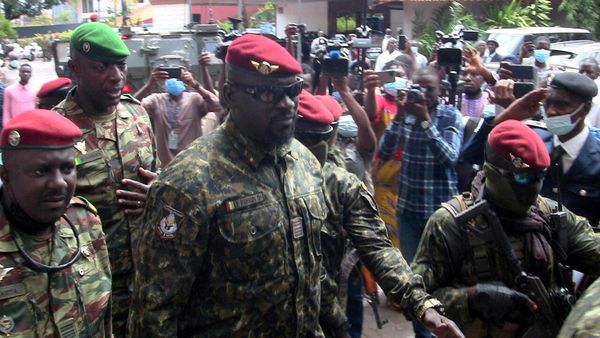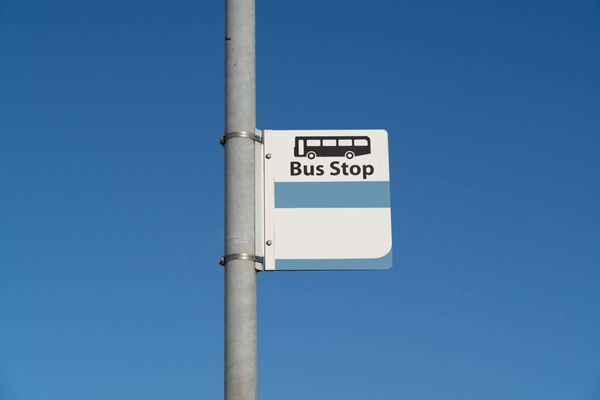
This week has been the first chance to hear from the most important witnesses in the defamation trial brought by former army soldier Ben Roberts-Smith against three media organisations.
Three years since the claim was first filed in the Federal Court, an SAS soldier known as Person 41 sat in the stand and gave his account of what happened in southern Afghanistan on Easter Sunday 2009.
It’s not hard to see why he was chosen as the first witness. Although we can’t see him — SAS soldiers cannot be identified — his evidence has been clear, concise and unemotional. Person 41 has obviously examined in depth his own role and regretted them deeply. He sounds like a good man, someone who has fought bravely for his country, observed the code of silence about what he observed, and now feels ashamed of what he saw.
Roberts-Smith, a Victoria Cross recipient, has sued The Sydney Morning Herald, The Age and The Canberra Times over a series of reports which he says depicted him as a war criminal and a murderer. He also disputes a story which said he had hit his then-mistress in the face after a formal dinner in Canberra. He denies all the allegations, and the newspapers are relying on the defence of truth.
This week the evidence concerns actions which took place during an operation called the Whiskey 108 mission, part of what was known as the second battle of Kakarak, in southern Afghanistan.
At the time, it was one of the most dangerous places in the world for an Allied soldier; Kakarak was one of the last Taliban outposts in Uruzgan province. There had been two bloody battles during which Australian soldiers saw some of the most sustained fighting since the Vietnam War.
Person 41 told the court on Thursday that he had witnessed Roberts-Smith “frog-marching” an Afghan man, throwing him to the ground and firing “three to five rounds” into his back.
He said that on the same day he also witnessed Roberts-Smith telling Person 4, another soldier, to shoot a second Afghan detainee.
Roberts-Smith has previously given evidence denying he gave such a direction and insisting the man he killed on April 12, 2009, was armed and posed a threat.
Person 41 told the court that many of the soldiers, himself included, had drunk from a prosthetic leg from the body of the man alleged to have been executed by Roberts-Smith.
“It’s not exactly appropriate, but in those situations it was just a bit of black humour,” Person 41 said. “Everyone was all in it together.”
Under questioning from Roberts-Smith’s barrister, Arthur Moses SC, he admitted he was now ashamed of what he had done: “When the [news] reports started coming out, I realised that it [wasn’t appropriate]. It’s something I shouldn’t have done.”
Because Person 41 cannot be identified, the camera sits above the bar table all the lawyers and parties in the room can be seen. Roberts-Smith sits at in the far corner at the back of the courtroom, periodically shaking his head and looking displeased.
What this case comes down to is the credibility of one group of witnesses — mainly Australian soldiers — against the word of another group of military men loyal to Roberts-Smith. Did Roberts-Smith act in accordance with the rules of engagement by killing only those Taliban who were armed and posed a threat? Or did he shoot unarmed men?
Much is riding on that judgment.







